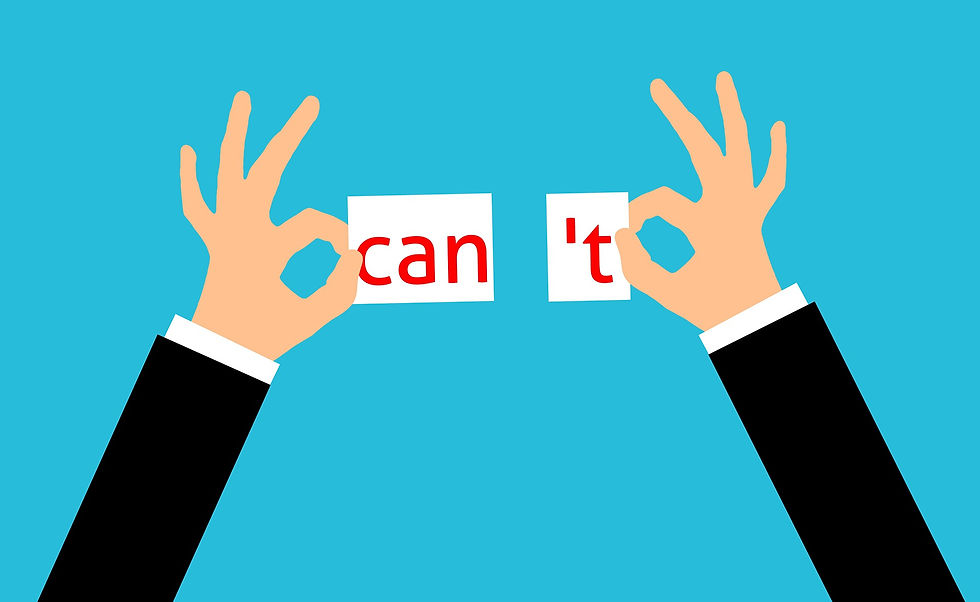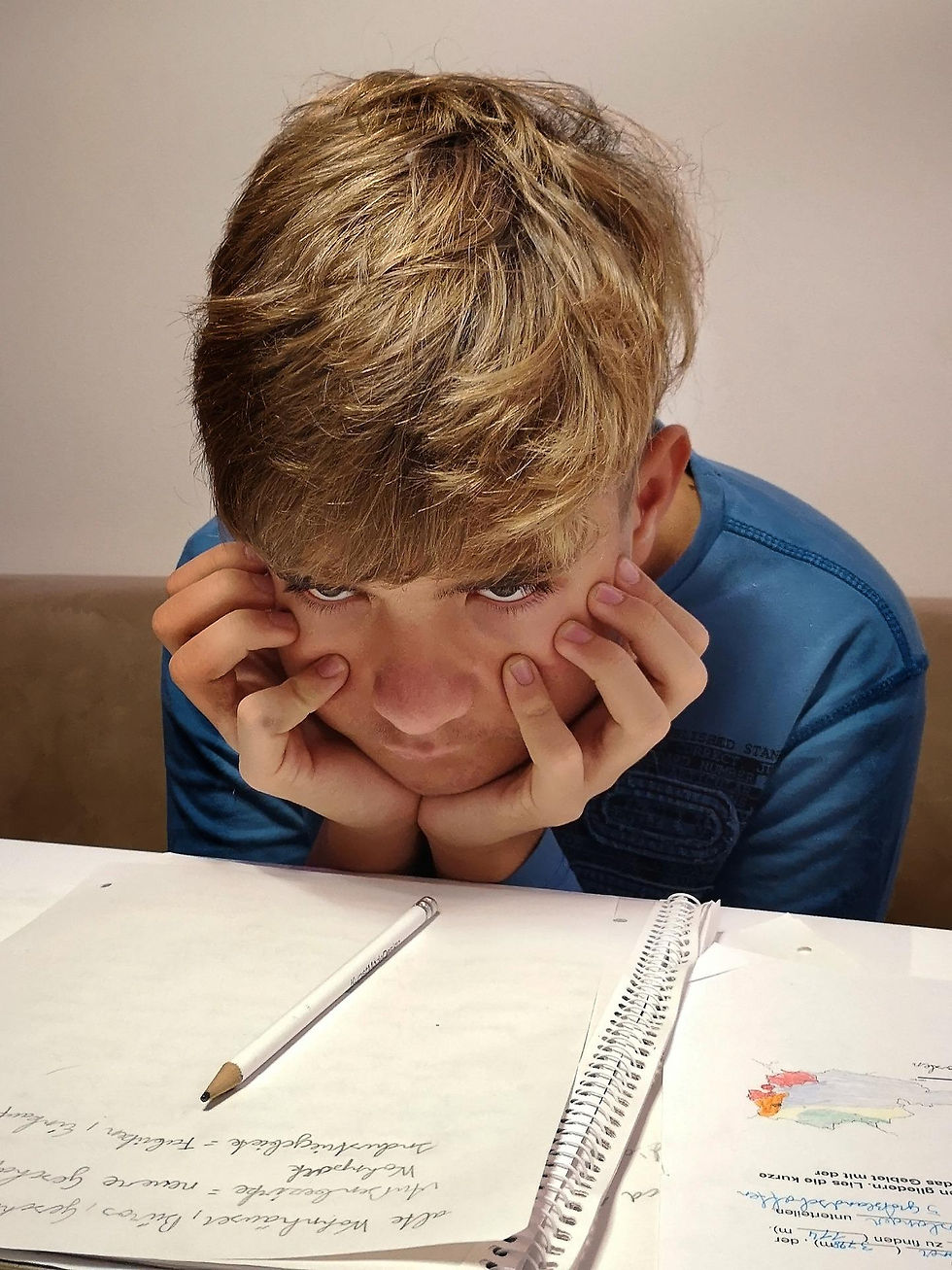... From the UNESCO report on How Children Learn
“Learning is critically influenced by learner motivation. Teachers can help students become more motivated learners by their behaviour and the statements they make.” UNESCO report on How Children Learn [2002].
You can recognise if your child is well motivated to learn by their passion for achieving learning goals, the effort they are willing to make and their determination and persistence. This is the essence of the twelfth and final principle of how children learn. One early sign of this in our own toddler was his insistence on doing things for himself, even if he couldn’t quite do it properly. Although tasks take longer it is far better and more motivational for the child to let them take this control and try. But how do you turn a “can’t” into a can?

A little gentle encouragement is much more constructive than losing patience and taking over. For one thing you deprive the child of the little control they can exert, which is important for development in general, and also of course the specific learning experience. For another you dent their confidence and hence motivation to try anything. This is especially hard to do when you have to hurry to get somewhere as our little wrigglers have little concept of time and schedules.
Psychologists tend to distinguish between two types of motivation as follows:
Extrinsic (or external) motivation: where rewards for positive results are utilised
Intrinsic (or internal) motivation: where a child does a thing because they like it and want to do it. A part of this is the belief that effort is important for success, indeed the satisfaction of success only comes if effort is put in.
While rewards and external validation do play a part in both learning and life in general it is vital that children also have self-motivation. This is allied to some of the other key principles of how children learn, especially in the areas of active involvement (e.g. some level of self-determinisation for what they want to learn) and developing individual differences (e.g. doing what they like and have a natural aptitude for).

Action:
Our children are imbued with natural curiosity from birth; this is how they learn to survive and grow and how they can assimilate the general knowledge of all of human evolution. We should seek to leverage this natural curiosity by encouraging it and rewarding it in equal measure. Bear in mind rewards can be the same as encouragement as very young children crave little more than our attention in the form of praise and physical expressions of our pride in them. The opposite will crush their curious spirit and teach them to withdraw into themselves. Obviously as parents and teachers we do need to draw boundaries to keep our little ones safe but this boundary enforcement is also a learning opportunity if done without anger.
Once they are old enough rewards can comprise some screen time, which may be television, games (preferable educational ones) and pure educational videos. It is even better if the videos you choose for your children reinforce the same learning topics that they are being rewarded for but offer a different medium, for example a learning by song channel to accompany instruction or exercises. If they have a particular curiosity or obsession (see our piece of Extreme Intense Interests) allowing videos etc on the obsession is a good way to both reward and promote self motivation.
At Little Wriggler we suffuse our videos with real world footage and have created a playlist section about how the world works to fuel the natural curiosity and interest children have for the world to promote natural curiosity as a means to motivate children to watch and thereby learn the core teaching points of each video.
Little Wriggler - How The World Works Playlist

Comments